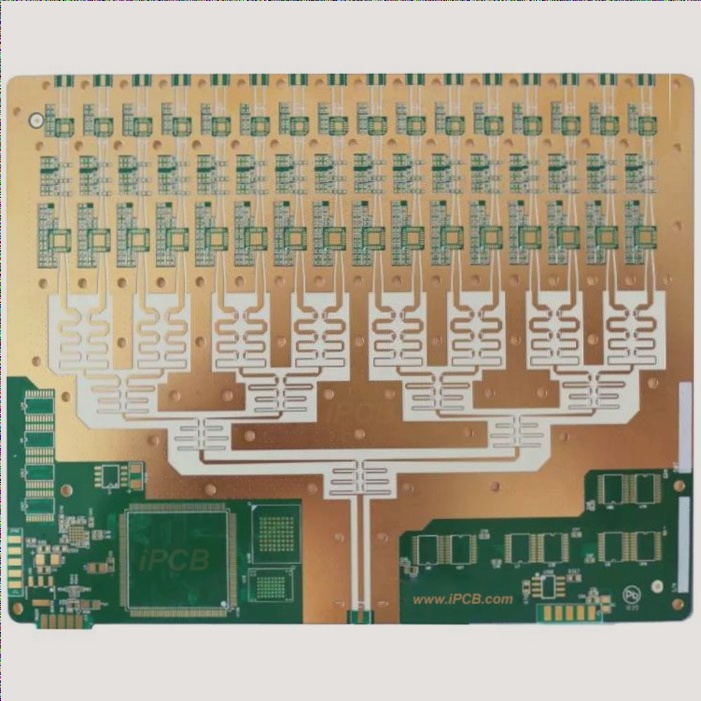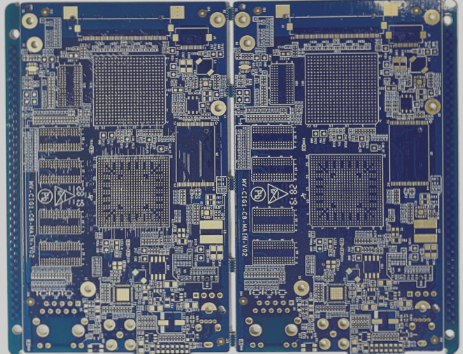Emerging Methods of Next-Generation PCB Cleaning Technology
Printed circuit board (PCB) cleaning technology is vital for PCB replication, ensuring the accuracy of scanning and document map generation. Wang Gaogong, an engineer at Jieduobang, has identified four emerging methods of next-generation PCB cleaning technology.
1. Water Cleaning Technology for PCB Replication
Water cleaning technology is the future of PCB cleaning methods. It utilizes water as a cleaning medium enriched with various components to formulate effective cleaning agents. Key features of water cleaning include:
- Safety: Non-flammable, non-toxic, and versatile
- Versatility: Removes both polar and non-polar pollutants
- Multiple Mechanisms: Dissolves contaminants using mechanisms like saponification and emulsification
- Cost-Effectiveness: Relatively inexpensive and widely applicable

Disadvantages of Water Cleaning
The drawbacks of water cleaning technology include high water consumption, rusting of metal parts, difficulty in cleaning small gaps thoroughly, and energy-intensive drying processes.
2. Semi-Water Cleaning Technology for PCB Replication
Semi-aqueous cleaning combines organic solvents, deionized water, and active agents to clean PCBs effectively. Key characteristics of semi-aqueous cleaning include:
- Effective cleaning against polar and non-polar contaminants
- Utilization of two different media for cleaning and rinsing
- Challenges in treating waste liquids and wastewater
3. No-Clean Technology for PCB Replication
No-clean flux or solder paste eliminates the need for post-soldering cleaning. This technology offers advantages such as streamlined processes, reduced costs, and minimal environmental impact.
4. Solvent Cleaning Technology for PCB Replication
Solvent cleaning relies on solvents’ dissolving properties to efficiently remove contaminants. It is favored for rapid evaporation and strong dissolving capabilities.
Types of Solvents for PCB Cleaning
- Flammable Solvents: Flammable solvents consist of organic hydrocarbons and alcohols like glycol esters.
- Non-flammable Solvents: Non-flammable solvents include chlorine-substituted hydrocarbons and fluorohydrocarbons such as HCFCs and HFCs.
HCFCs: Characteristics and Restrictions
HCFCs are chlorine-containing fluorocarbons known for their low latent heat of evaporation, good volatility, and minimal ozone layer impact. However, environmental concerns have led to restrictions on their use, with a phase-out deadline set for 2040. Challenges include high costs and limited cleaning effectiveness.
Non-ODS Solvents
Other non-ODS solvents like dichloromethane and trichloroethane are recognized for:
- Efficient removal of oily residues
- Suitability for steam cleaning and vapor phase drying
- Non-flammability and safety during use
- Reusability through distillation, improving economic feasibility
Challenges with Chlorinated Hydrocarbons
Chlorinated hydrocarbons present difficulties due to their high toxicity, poor compatibility with plastics and rubber, and stability issues necessitating stabilizer additives.
Hydrocarbon Solvents
Derived from crude oil distillation, hydrocarbon solvents like gasoline and kerosene offer:
- Effective cleaning against oily residues
- Reusability through distillation
- Low toxicity and minimal environmental impact
Alcohol-based Solvents
In the alcohol category, ethanol and isopropanol are commonly used for their:
- Efficient dissolving of ionic pollutants
- Compatibility with metals and plastics without causing corrosion or expansion
- Rapid evaporation without the need for hot air
- Dehydrating properties, often utilized as desiccants
However, alcohol-based solvents are highly volatile, with low flash points requiring explosion-proof measures for equipment and facilities used in PCB cleaning.



